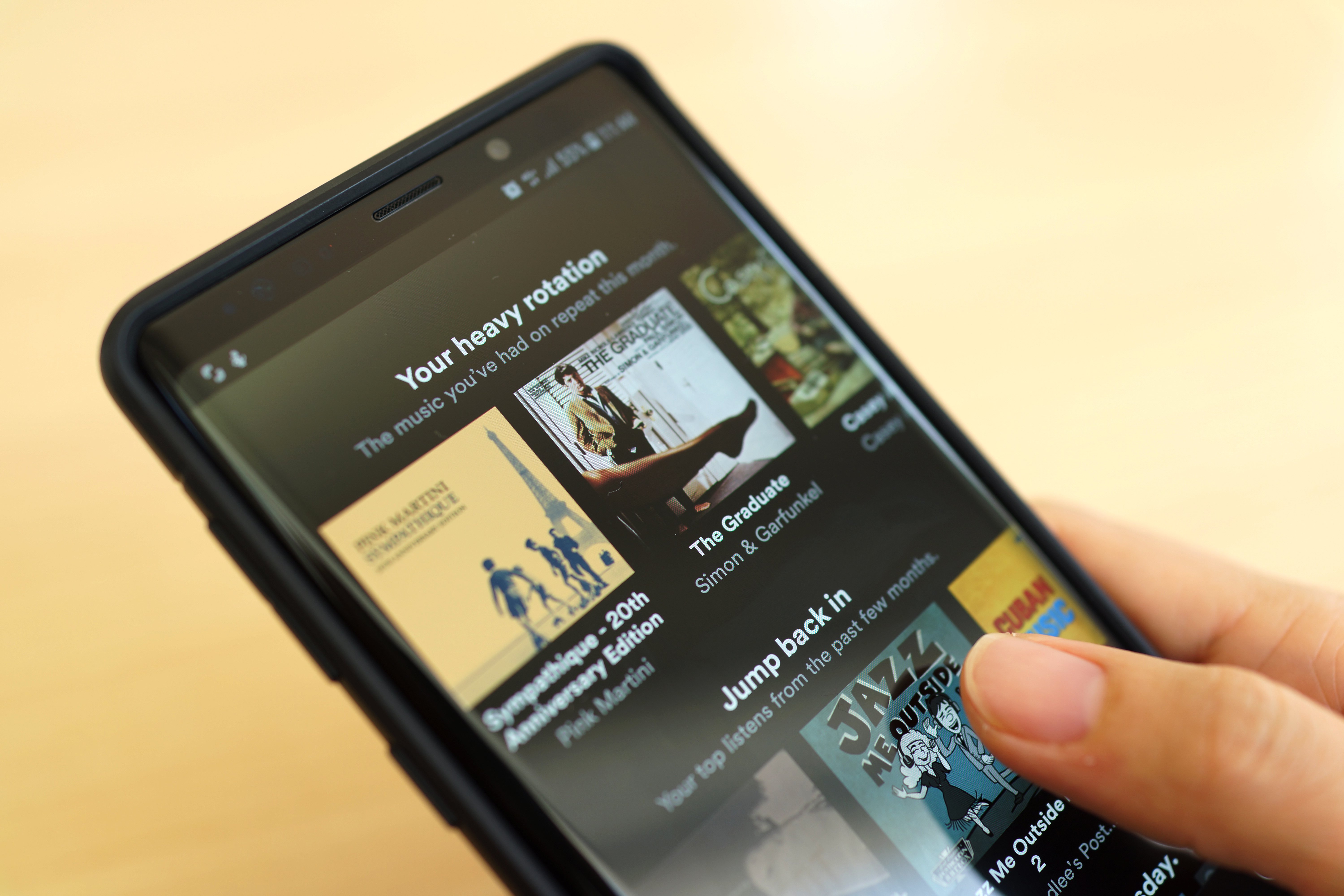
In order to grow your streaming revenue and increase your fanbase, getting onto Algorithmic and Editorial playlists is crucial. If you get placed in a playlist with a lot of listeners, you get to showcase your music to thousands, perhaps to millions of people from all over the world. But getting onto either type of playlist can be tricky, and requires hard work. In this post, we explore both algorithmic and editorial playlists to explain what they are and how to get on them.
1) Algorithmic Playlists
Algorithmic Playlists on Spotify include Release Radar, Discover Weekly and Daily Mix. These are basically playlists personalized for each user. For instance, Release Radar showcases brand new music that is released that week by a user's favorite artists. A user’s favorite artists are determined based on their listening history and based on which artists they follow.
In order to get into the Algorithmic Playlists, you would need to have good analytics. This means that you not only should have a good amount of streams under your belt, but also your listeners should be saving your songs to their libraries with minimal song skips.
But how do you get good analytics if you are not on any playlists? There are multiple paths, but the first one would be to reach out to individual playlist curators and pitch them your songs. By getting into smaller and mid-sized playlists, you can develop a nice analytic profile for you in the long run.
Remember, streaming is not a short term game, but it’s a long one. In this sense, you should not only be focused on getting the most amount of streams, but also to increase the amount of people who follow you. Ultimately, getting more listeners and fans is what will pay off. If you can turn your listeners into fans, not only they have a better chance of coming to your gigs and buying your merchandise, but they will also be notified when you upload a new track to the streaming platform.
The second tip for getting on to Algorithmic Playlists is by using social media to get your followers to save, share and like your tracks. Instagram is great to talk to listeners. Especially by using stories, you can really push out your music and ask people to follow your profile. The more social media followers you can direct to Spotify to follow you the better. It costs them nothing, it costs you nothing - all you have to do is ask!
2) Editorial Playlists
Editorial playlists are by far the most selective playlists on Spotify (as well as other platforms) and the hardest to get onto. Not only you should have great music, but you should also consistently draw more people to listen to your music. Editorial playlists are usually curated by in house curators who have selective and specific tastes and it might be harder to get onto their radar. However, it is not impossible.
Just like Algorithmic playlists, the key to get onto an Editorial playlist ultimately comes down to how good your music is doing analytically. This means that your song should not only be listened to a lot, but also saved into listeners’ libraries consistently too. Especially if you get placed onto an Algorithmic Playlists, and you do well on them, then your chance to get onto an editorial playlist increases. The curators should like the music you submit, but they will also be looking at the data to find great performing songs with the listeners.
The other important thing about an Editorial playlist is to listen to your song from the perspective of the curator before submitting. For this, you should identify the emotion, genre and vibe of the song. Ultimately, the idea is that your song should work well with the other songs in the playlist. You should always listen to the songs on a playlist and understand the vibe of the playlist before submitting.
Final Words
So, these are algorithmic and editorial playlists in a nutshell. Ultimately, getting onto large playlists comes down to making great music. Listeners will never turn away quality music and releasing great music will make your life easier for pitching and getting on to playlists. It is tough to make mediocre music and to consistently get on large playlists, whereas, if you make good music, you will not be swimming against the tide.
With that being said, it is a lot of work to get onto big playlists. You should be ready to start from the ground floor and build up your streaming profile, talking to one curator and another. When you reach out to different playlist curators, make sure that your message is short but to the point. Curators are music fans like any of us, and they will be happy to check out your music, as long as you do your homework beforehand and listen to their playlists. Make sure that your song actually fits to the vibe of the playlist. Once you do this, it should be much easier to get placed.
The more playlists you get on, the better for your streaming profile. As you build your analytics more and more, you will notice that you will get into more algorithmic playlists over time. If you are successful with Algorithmic playlists, and your metrics continue to be successful, then you might get placed onto an Editorial Playlist. These are the big leagues, and might give you access to thousands, if not to millions of listeners. But, just like any success, what’s important is not getting onto one Editorial playlist for a few days, but to stay there. And this, ultimately comes down to making good music, having your followers by your side and that you have listeners who are loyal fans who are consistent listeners throughout your journey of releasing your music.






